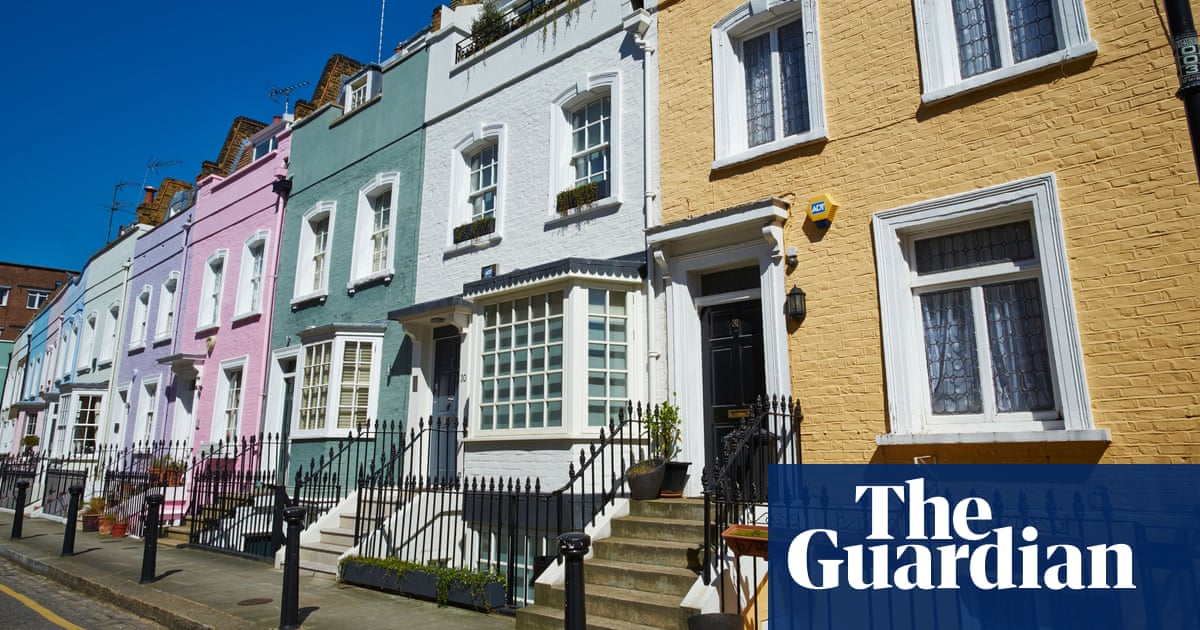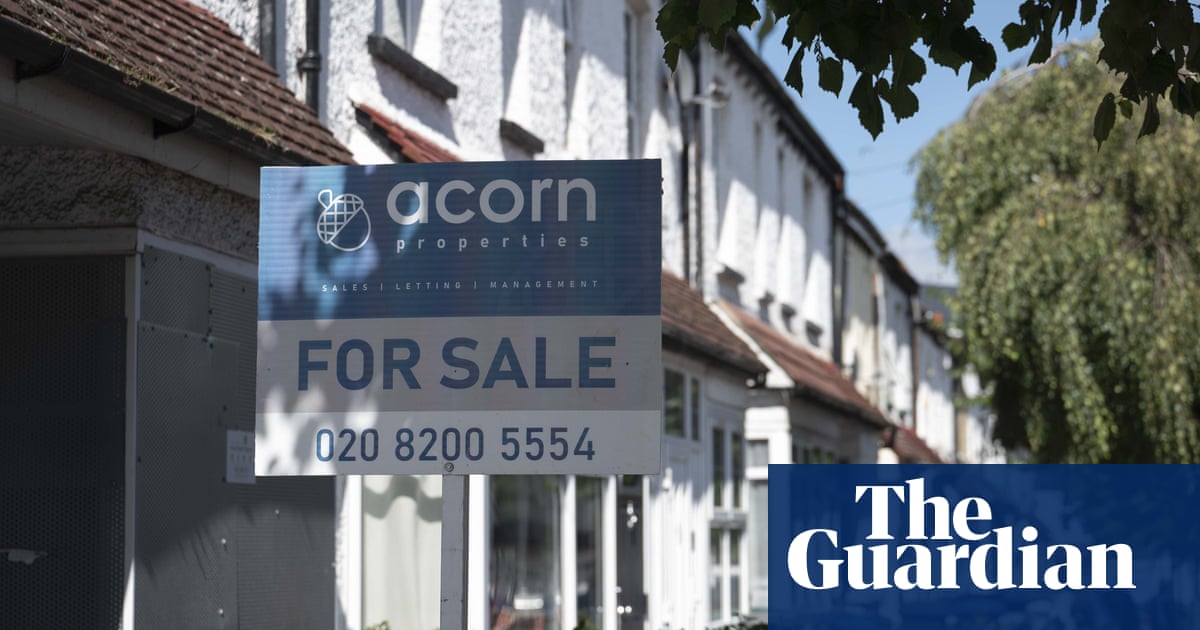
The outlook for the UK housing market is “more positive” as prices improved at their strongest rate in a year, according to Nationwide.
The building society’s index found that the average house price had increased by 0.7% in January on the previous month – a significant turnaround from the December figures, which showed a 1.8% decline in prices.
The average UK house price was £257,656 in January, and was down 0.2% on a year earlier.
Robert Gardner, Nationwide’s chief economist, said: “While a rapid rebound in activity or house prices in 2024 appears unlikely, the outlook is looking a little more positive.”
He said this had been driven by “encouraging signs” for buyers with mortgage rates continuing to trend down.
He added: “This follows a shift in view among investors around the future path of [interest rates], with investors becoming more optimistic that the Bank of England will lower rates in the years ahead.”
Despite this optimism, the Bank is expected to keep its rate unchanged at 5.25% when it updates the market on Thursday. The US Federal Reserve is also expected to maintain its rate at between 5.25% and 5.5%, when it publishes an update on Wednesday night.
Verona Frankish, the chief executive of the online estate agent Yopa, said: “While we expect that interest rates will remain at 5.25% this week, this will only help to steady the market further, providing buyers with the confidence that they can proceed with their purchase without the goalposts of mortgage affordability moving during the process.”
Nationwide also pointed to data from the Royal Institute of Chartered Surveyors (Rics) that suggested the decline in inquiries from new buyers had halted, and there were “tentative signs” that more homes were coming on to the market.
This month, Rics’ reported that new buyer inquiries had fallen by 3% in December, a strong improvement from the 13% fall recorded in November.
Nationwide cautioned that the path of interest rates over the coming months would be crucial as affordability pressures continued to hamper the market and held back activity in 2023.
Currently, a borrower earning an average UK income and buying a home with a 20% deposit had a monthly mortgage payment equivalent to 38% of take-home pay – well above the long term average of 30%.
It said mortgage rates would need to trend towards 3% to bring the affordability measure back down towards to 30% of take-home pay.
Gardner said: “There remains considerable variation in affordability across the country, with pressures particularly acute in London, the south of England and East Anglia. Scotland and the north continue to be the most affordable regions, with mortgage payments as a share of take-home pay much closer to their long-run average.”
In London, the average income of actual first-time buyers is about 55% higher than the average income in the capital. This has meant an increasing number of first-time buyers are turning to family, friends or inheritance to buy their homes.
In 2022-23, nearly half of first-time buyers had some help raising a deposit, either in the form of a gift or loan from family or friends, or through inheritance, which has nearly doubled from 27% in the mid-1990s.












